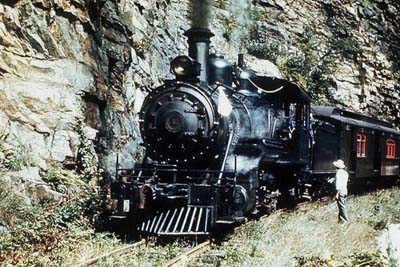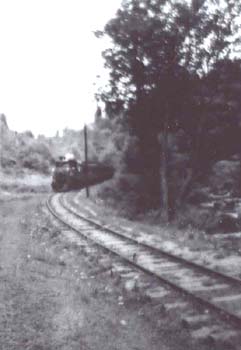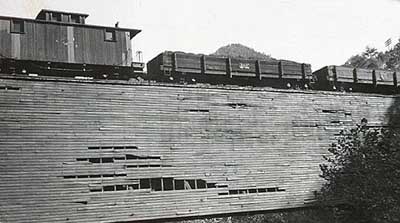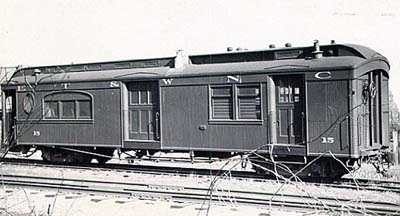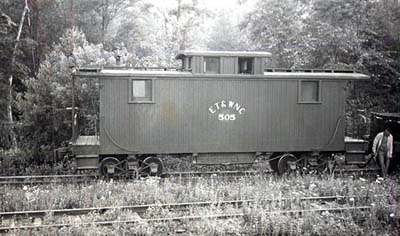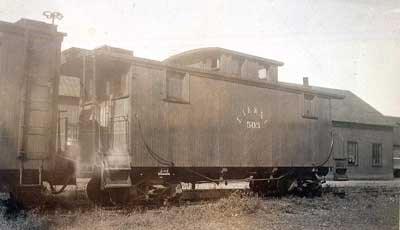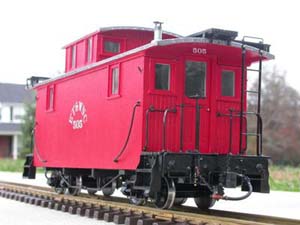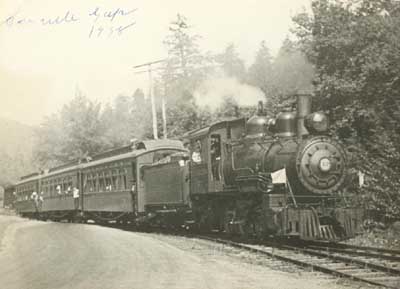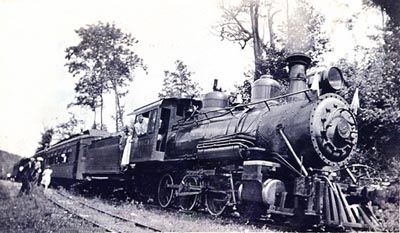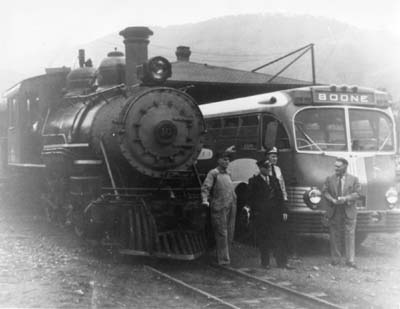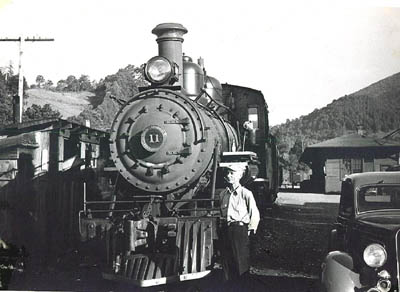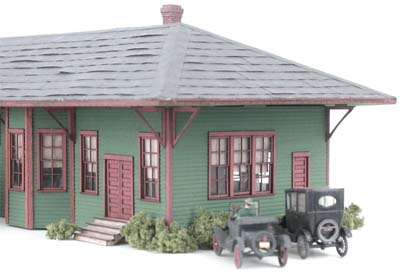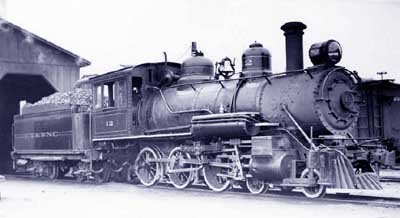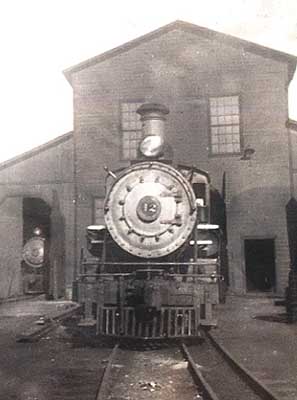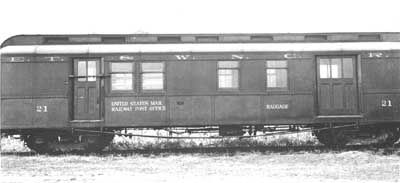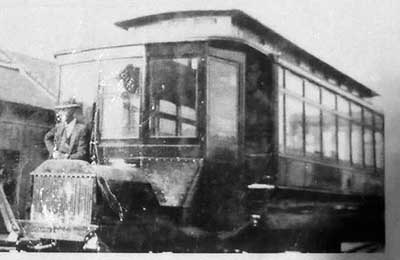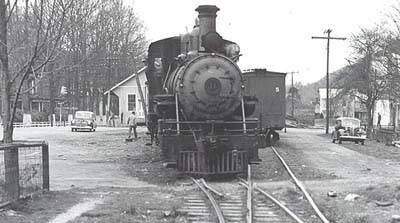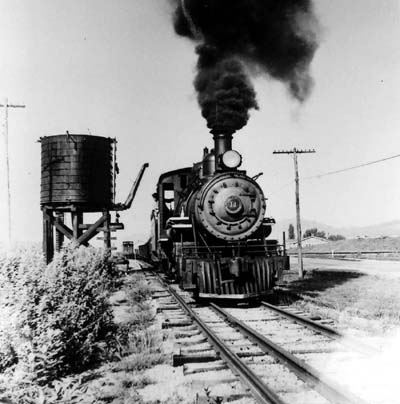Here's a good one of the passenger train and the Queen City Coach Company (Trailways) bus at Boone. Mr. Crumley and Sherman Pippin are in the photo. I don't know the bus driver but I think that is Herman Wilcox in the suit. This photo was taken at the Boone depot in 1939.
Note: Correction by Vern Tyler of Bel Air, MD:
The awaiting coach is NOT Queen City Trailways! It is, in fact, an Atlantic Greyhound (AGL) unit! The line was no stranger to the parts!
AGL held rights serving Boone via USH-221, and Independence, VA. it alo held USH-421 authority serving Boone, and North Wilkesboro, NC. Besides, the coach clearly displays the entirely proprietary, "running dog" logo...
Check out this vintage Boone, North Carolina panoramic photo from 1939.
